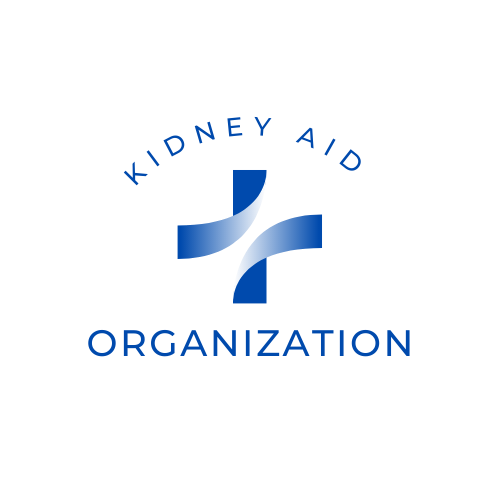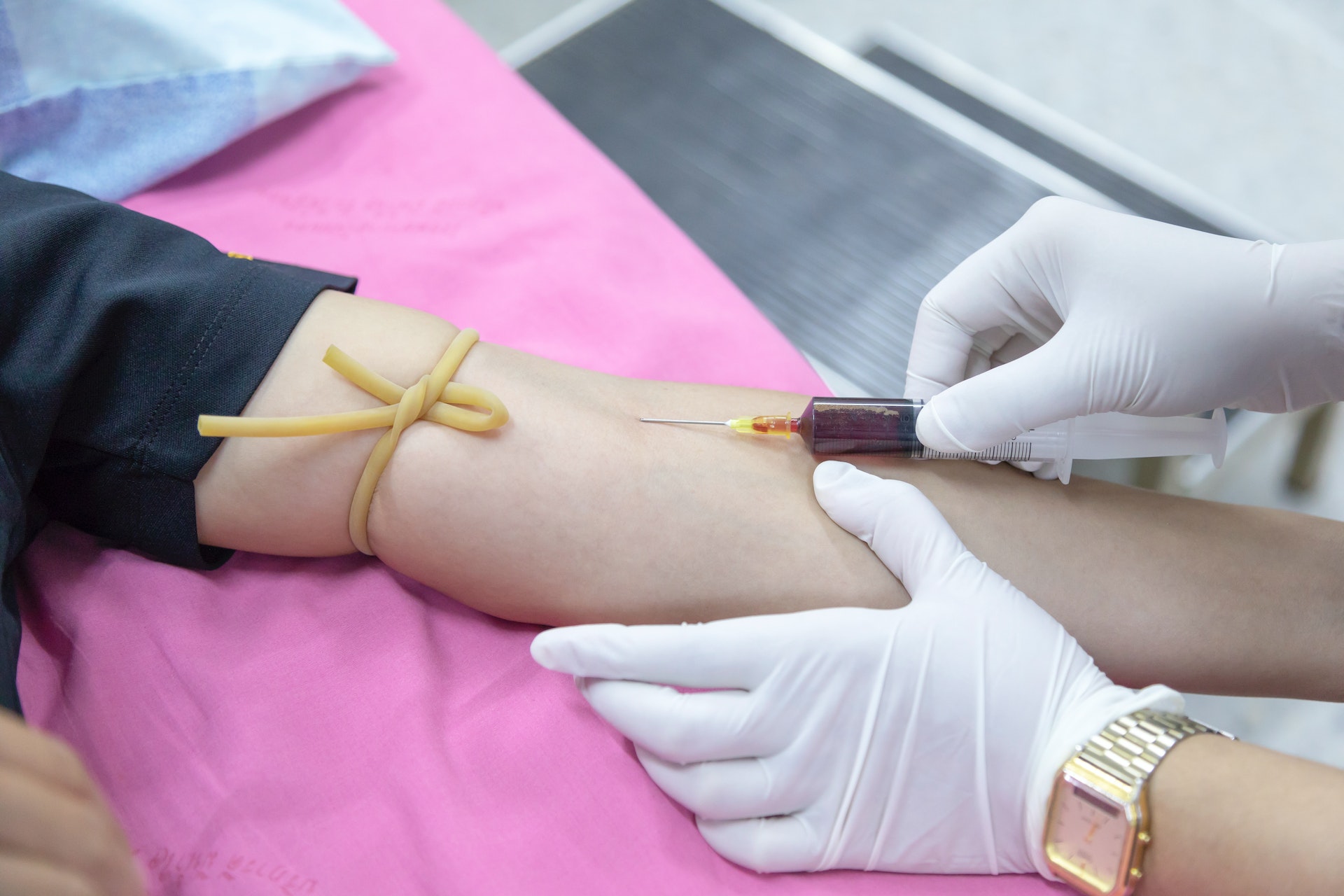The five stages of CKD are as follows: Stage 1: Kidney damage with normal or increased GFR (eGFR >90 ml/min/1.73m²) and albuminuria (ACR >30mg/g).
Stage 2: Kidney damage with mildly decreased GFR (eGFR 60-89 ml/min/1.73m²) and albuminuria (ACR >30mg/g). Stage 3: Moderately decreased GFR (eGFR 30-59 ml/min/1.73m²).
- Stage 3A: eGFR 45-59 ml/min/1.73m²
- Stage 3B: eGFR 30-44 ml/min/1.73m²
Stage 1 Kidney Disease
In Stage 1 of Chronic Kidney Disease (CKD), the kidneys are still functioning normally in terms of their ability to filter waste and excess fluid from the blood. However, there is evidence of kidney damage, such as the presence of protein in the urine (albuminuria), which can indicate early kidney disease.
Some of the most common causes of Stage 1 CKD include high blood pressure, diabetes, and a family history of kidney disease.
Other risk factors include age, smoking, obesity, and a history of heart disease.
During Stage 1 CKD, the kidneys can still compensate for any loss of function, and individuals may not experience any noticeable symptoms. However, it's important to monitor and manage the condition through regular check-ups with a healthcare provider, as early detection and intervention can help slow down the progression of the disease.
If left untreated or unmanaged, Stage 1 CKD can progress to more advanced stages, where the kidneys progressively lose their function and may ultimately result in kidney failure. This is why it is important to identify and manage CKD as early as possible to prevent further damage to the kidneys.
Stage 2 Kidney Disease
During Stage 2 of Chronic Kidney Disease (CKD), the kidneys are still functioning to some extent, but they have begun to show signs of mild damage and a decreased glomerular filtration rate (GFR) - the measure of how effectively the kidneys filter waste and excess fluid from the blood. The GFR range in Stage 2 CKD is between 60-89 ml/min/1.73m², which is lower than normal, but not yet to the extent of causing significant problems.
During this stage, the kidneys may still be able to compensate for their decreased function, and people with Stage 2 CKD may not have any noticeable symptoms. However, it's important to identify and manage the condition early to prevent further damage and slow down the progression of the disease. The main goal of treatment during this stage is to manage any underlying conditions that may be contributing to the progression of kidney disease, such as high blood pressure, diabetes, or autoimmune diseases.
Lifestyle changes such as quitting smoking, exercising regularly, and maintaining a healthy diet can also help slow down the progression of CKD. It's important to monitor the condition regularly by measuring kidney function and the presence of protein in the urine, which can indicate the severity of kidney damage. Your healthcare provider may also recommend medication to help manage high blood pressure and control blood sugar levels in people with diabetes.
If left untreated or unmanaged, Stage 2 CKD can progress to more advanced stages, where the kidneys progressively lose their function and may ultimately result in kidney failure. Therefore, it's important to identify and manage CKD as early as possible to prevent further damage to the kidneys.
Stage 3 Kidney Disease
Stage 3 kidney disease is characterized by moderate damage to the kidneys, with a glomerular filtration rate (GFR) of 30-59 mL/min/1.73 m². This means that the kidneys are functioning at a reduced level, but are still able to remove waste products and excess fluids from the blood.
During stage 3 kidney disease, the kidneys may start to show signs of damage, such as scarring and inflammation. The filtering units of the kidneys, called nephrons, may become damaged, reducing the kidneys' ability to filter waste products from the blood. The kidneys may also have trouble maintaining the proper balance of electrolytes and fluids in the body. Some common symptoms of stage 3 kidney disease include fatigue, swelling in the legs or feet, changes in urine output, and high blood pressure. However, many people with stage 3 kidney disease do not experience any symptoms, and the condition is often diagnosed through routine blood and urine tests.
Managing stage 3 kidney disease to prevent further damage to the kidneys. This may involve making lifestyle changes, such as following a kidney-friendly diet, exercising regularly, and managing underlying conditions like diabetes and high blood pressure. In some cases, medications may also be prescribed to help manage symptoms and slow the progression of the disease.
Stage 4 Kidney Disease
Stage 4 kidney disease is a more advanced stage of kidney disease, with a glomerular filtration rate (GFR) of 15-29 mL/min/1.73 m². During stage 4 kidney disease, the kidneys are significantly damaged and are no longer able to effectively filter waste products and excess fluids from the blood.
As a result, people with stage 4 kidney disease may experience a range of symptoms, including fatigue, weakness, nausea, vomiting, loss of appetite, itching, muscle cramps, and difficulty sleeping. They may also have swelling in their legs or feet, high blood pressure, and changes in urine output.
The kidneys in stage 4 kidney disease are significantly damaged, with a reduced number of functioning nephrons.
The kidneys may also show signs of scarring, inflammation, and cysts. The reduced function of the kidneys means that waste products and excess fluids can build up in the body, leading to a condition called uremia.
Uremia can cause a range of symptoms, including fatigue, nausea, vomiting, itching, and difficulty sleeping. It can also lead to complications such as anemia, bone disease, and nerve damage. People with stage 4 kidney disease may require treatment such as dialysis or a kidney transplant to replace the lost function of their kidneys.
It is important to manage stage 4 kidney disease to prevent further damage and complications.
This may involve making lifestyle changes, such as following a kidney-friendly diet, getting regular exercise, and managing underlying conditions like diabetes and high blood pressure. In addition, medications may be prescribed to manage symptoms and slow the progression of the disease. Close monitoring by a healthcare provider is important to help people with stage 4 kidney disease manage their condition effectively.
Stage 5 Kidney Disease (ESRD)
During Stage 5 of Chronic Kidney Disease (CKD), also known as end-stage renal disease (ESRD), the kidneys have lost nearly all of their ability to function. At this stage, the glomerular filtration rate (GFR) is less than 15 ml/min/1.73m², which is significantly lower than normal.
In Stage 5 CKD, the kidneys are no longer able to remove waste and excess fluid from the body effectively, leading to a buildup of toxins in the bloodstream. People with Stage 5 CKD may experience symptoms such as nausea, vomiting, fatigue, confusion, shortness of breath, and swelling in the legs and ankles.
Treatment for Stage 5 CKD may involve dialysis or a kidney transplant. Dialysis is a medical treatment that uses a machine to filter waste and excess fluid from the blood when the kidneys are no longer able to do so. There are two types of dialysis: hemodialysis and peritoneal dialysis. Hemodialysis involves using an artificial kidney (dialyzer) to filter the blood, while peritoneal dialysis involves using the lining of the abdomen to filter the blood.
A kidney transplant involves replacing the damaged kidney with a healthy kidney from a donor. The new kidney will take over the functions of the damaged kidneys and restore kidney function. People with Stage 5 CKD require close monitoring and care from a healthcare provider. They will also need to make significant lifestyle changes, such as following a strict diet, taking medication as prescribed, and attending regular medical appointments.
Overall, Stage 5 CKD is a serious and potentially life-threatening condition, and people with this condition should receive prompt and appropriate medical care to manage the disease and maintain their quality of life.

